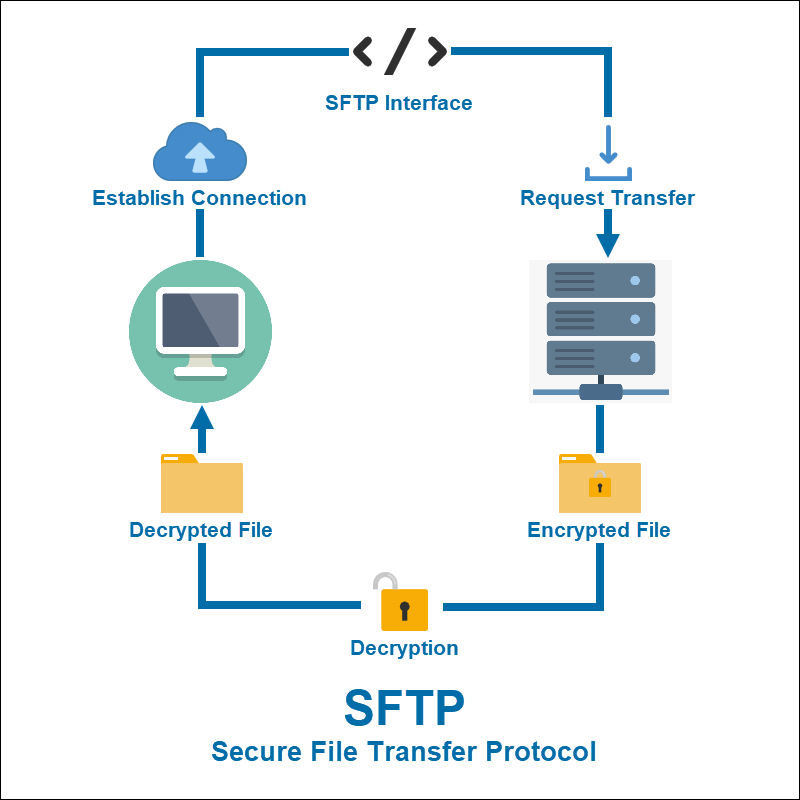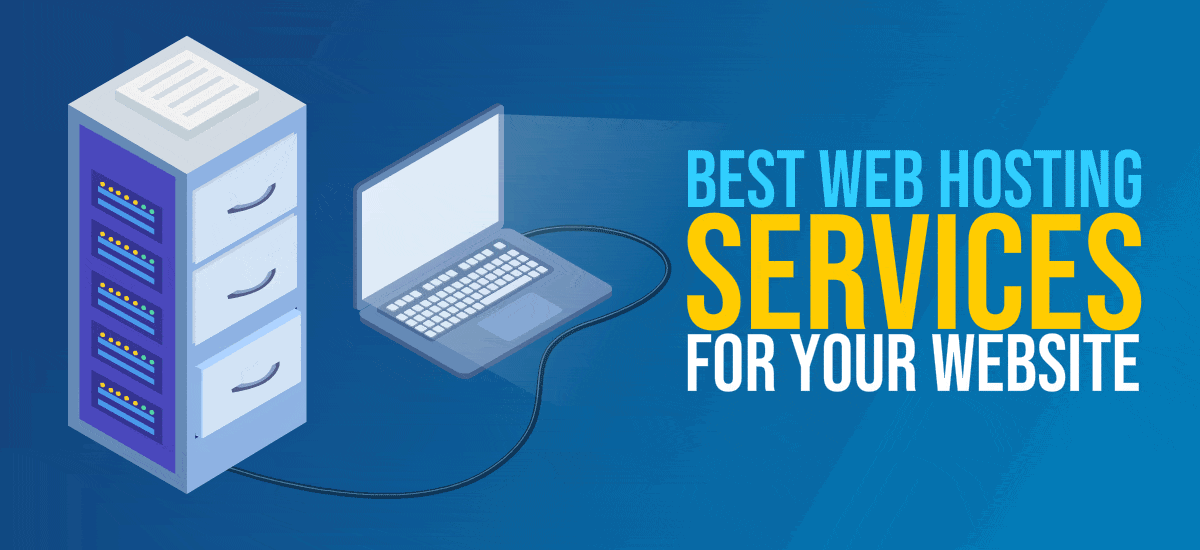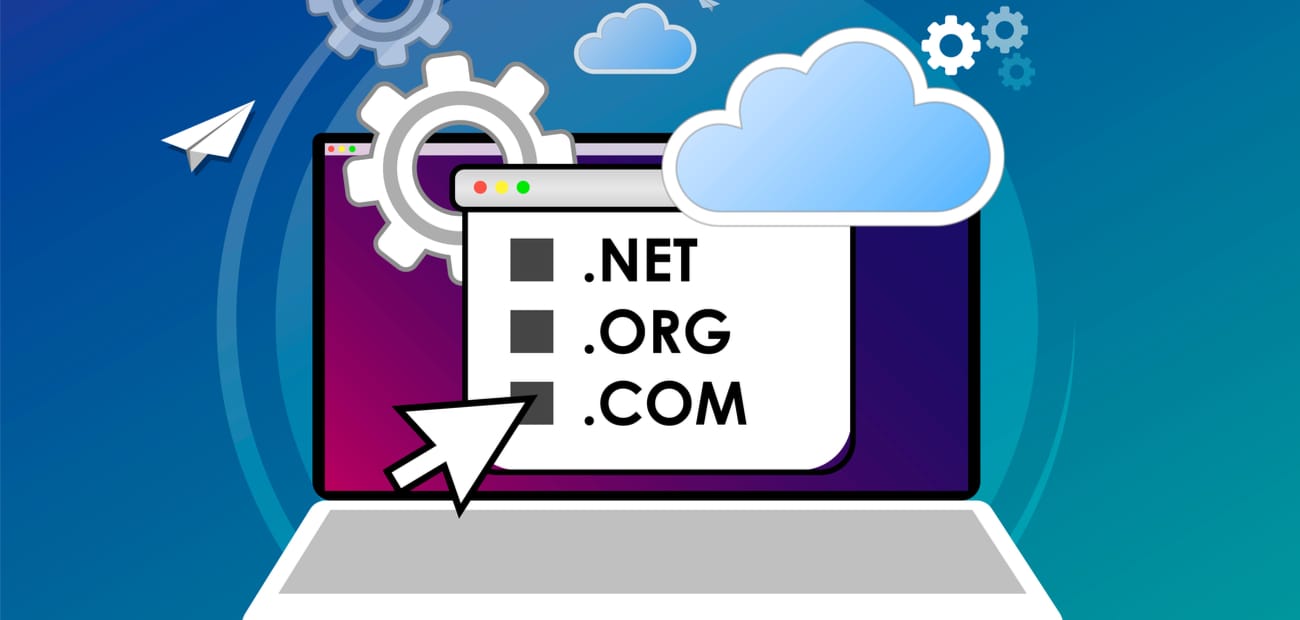
To maintain the integrity and confidentiality your server's information, it is essential to secure Apache. It can help prevent unauthorized users, protect against data loss or corruption, and reduce the impact of security breaches.
1. Secure the Apache Server
In order to secure an Apache Server, you must first ensure that only those who are authorized can access it. This is done through a combination of authentication and authorization. If a user wants to log in, they need to verify they are the person they claim to be by using their email address or password.
2. Securing the Apache Webserver
The second step to securing Apache is to ensure that no one else can edit the configuration files. Change the permissions in the bin- and conf-folders. The default settings allow any user to view and modify the files.
3. Securing the logs
Thirdly, you should protect the records and logs that are kept in the database. The logs can be stored on a different medium or backed up to a new system.

4. Hide the Apache Version Number and OS That Is Running
A common mistake made by administrators is to leave the version number and the OS that is running visible in the response sent back from an HTTP server. This information is used by hackers who can target servers to exploit the vulnerabilities of their operating system or software package.
5. Hide the ETag Header
The final tip on how to secure your Apache server is by hiding the ETag Header that contains sensitive information. This is a requirement for PCI compliance and helps keep the information from being exposed to attackers.
6. Disable SSIs Cookies
To secure Apache, it is easy and effective to prevent the use SSIs. This will prevent Cross-Site Scripting attack (XSS), as well as other exploits and threats that may cause serious harm to your website.
7. Strict Transport Security
HTTP strict transport safety is another security feature. This feature limits which connections web browsers can accept, and thus restricts their ability to connect using insecure protocols.

8. Adding the XSS Protection Header
The X-XSS-Protection header is a good way to avoid Cross-Site Scripting attacks that can cause your site to crash or display misleading content.
9. Enable Web Application Firewalls
Installing and configuring a WAF firewall (web application fire wall) will add an additional layer of protection to your Apache web server. These tools provide protection against network-, web-server-, or application-based attack.
10. Update and patch the Apache server.
A security flaw can cause a web server to stop working. Install and apply a security patch as soon as you can to address the vulnerabilities before hackers exploit them.
FAQ
What is a static web site?
A static site can be hosted anywhere. This includes Amazon S3, Google Cloud Storage. Windows Azure Blob storage. Rackspace Cloudfiles. Dreamhost. Media Temple. A static website can be also deployed to any platform supporting PHP, including WordPress, Drupal and Joomla!, Magento, PrestaShop and others.
Static websites are typically easier to maintain, as they don’t have to constantly send requests between servers. Because they don't send any requests back-and-forth between servers, static web pages load much faster. Smaller companies with limited resources and the time required to manage websites properly will find static web pages more beneficial.
What is the cost of creating an ecommerce website?
It all depends on what platform you have and whether or not you hire a freelancer. The average eCommerce site starts at $1,000.
Once you have chosen a platform, expect to pay between $500 and $10,000.
You won't spend more than $5,000 if you are using a template. This includes any customizations required to reflect your brand.
What Should I Include in My Portfolio?
All these items should be part of your portfolio.
-
Example of your work.
-
Link to your website (if possible).
-
These are links to your blog.
-
Links to social media pages.
-
You can also find links to other designers' portfolios online.
-
Any awards you've been awarded.
-
References.
-
Examples of your work.
-
Here are some links that will show you how to communicate with your clients.
-
Here are some links to show that you're eager to learn new technologies.
-
Here are some links to show you are flexible.
-
Links that show your personality
-
Videos showing your skills.
Statistics
- The average website user will read about 20% of the text on any given page, so it's crucial to entice them with an appropriate vibe. (websitebuilderexpert.com)
- It enables you to sell your music directly on your website and keep 100% of the profits. (wix.com)
- When choosing your website color scheme, a general rule is to limit yourself to three shades: one primary color (60% of the mix), one secondary color (30%), and one accent color (10%). (wix.com)
- It's estimated that chatbots could reduce this by 30%. Gone are the days when chatbots were mere gimmicks – now, they're becoming ever more essential to customer-facing services. (websitebuilderexpert.com)
- In fact, according to Color Matters, a signature color can boost brand recognition by 80%. There's a lot of psychology behind people's perception of color, so it's important to understand how it's used with your industry. (websitebuilderexpert.com)
External Links
How To
Drupal 7: How to Use It for Web Design
Drupal is one of most well-known Content Management Systems (CMS), available today. It was created by Dries Buytaert, a Belgian developer. The name derives its name from Dirk Buijtewaard's and Pierre d'Herbemont's initial letters. Drupal was released as an open-source CMS in 2005. There have been many versions of Drupal since then. Drupal is used worldwide by many websites and businesses.
There are several reasons why Drupal is so popular among website owners. It's free to download. Second, it is easy to customize and extend. Third, it is very well documented. Fourth, it provides great support through forums and IRC channels. Fifth, it is extensible via modules. Sixth, it supports multiple languages. It is also easily customizable. It can be scaled. It is safe. Tenth, it's reliable. It is also supported by the community. Drupal is the perfect choice for your next projects because of these features.
You might wonder what makes Drupal stand out from other CMS platforms. It is very simple. Drupal is an open-source content manager system. Drupal is free to download and use. With Drupal, you have complete control over your website. You can add and remove pages, change colors, fonts and images, as well as modify videos.
Drupal is a great option for anyone who doesn't have any technical skills and wants to create a website. Drupal, unlike other CMS, doesn't require you to know programming to build your website. You only need to know how Drupal works. Then you will be able to modify your website according to your needs.
Drupal has many themes and plugins that are already pre-built. These plugins will allow you to increase the functionality of your website. For example, you can use the Contact Form module to collect contact information from visitors. Also, you can use Google Maps to display maps on your website. Drupal comes pre-made in thousands of templates. These templates give your website a professional look.
Drupal is flexible, too. You can add new modules and even replace existing ones without worrying about compatibility issues. You can do it quickly if you want to integrate social media into your website. You can also set up RSS feeds, e-mail subscriptions, and more.
Drupal can also be customized. You can add custom fields and forms, manage users, and more. You can also create complex layouts with Drupal.
Drupal is stable and reliable. It is stable and scalable. It also offers great security features. Drupal is a solid web development platform.